Hidden Red Flags: 6 Unexpected Places Your Body Signals Liver Distress
It’s amazing how our bodies find gentle, sometimes quiet ways to get our attention. When it comes to liver health, the well-known warning signs—like abdominal pain or obvious jaundice—are only part of the story. The truth is, your body can send out early signals of liver distress in places you’d never expect, long before any textbook symptoms appear. Most of us are busy and tend to chalk up subtle changes to everyday wear and tear, aging, or stress. But tuning in to these signals isn’t about alarm—it’s about giving yourself the information to feel your best. In this guide, we’ll walk through six “hidden” red flags that can pop up in unexpected areas of the body. You’ll learn what these signs look and feel like, what might be causing them, and what steps you can take if something seems off. Remember: noticing a single sign doesn’t mean you need to panic—think of these clues as gentle nudges from your body to check in and take care. With a nurturing, informed approach, it’s possible to catch liver issues earlier and make choices that support your long-term vitality.
1. Hands: Red Palms (Palmar Erythema)
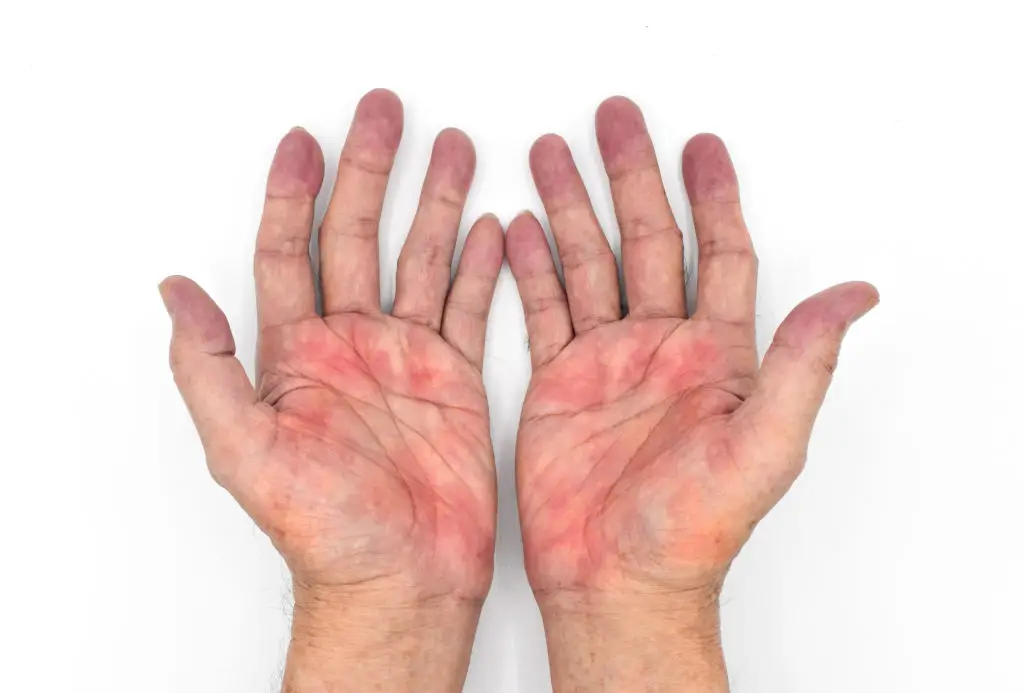
Have you ever glanced at your hands and noticed a reddish flush across your palms, especially around the base of your thumb and pinky? This change, called palmar erythema, might seem harmless—sometimes it’s even brushed off as warmth or just dry skin. In fact, persistent redness here can signal early liver distress. The color shift is caused by changes in blood flow and small blood vessels right under the skin, brought on by shifts in the liver’s hormone processing. While some people experience warm hands for many reasons, palmar erythema typically doesn’t fade with temperature changes and has a distinct, almost symmetrical rosy appearance. Every set of hands tells a story—from hard work to joyful creativity. If you notice this persistent redness without an obvious trigger, it’s a gentle cue to pay attention. This doesn’t mean there’s an emergency, but it’s wise to mention it to your healthcare provider, especially if you see other changes elsewhere. Remember, noticing and understanding these small physical shifts is an empowering act of self-care.
2. Feet: Swelling or Changes (Edema, Nail Changes)
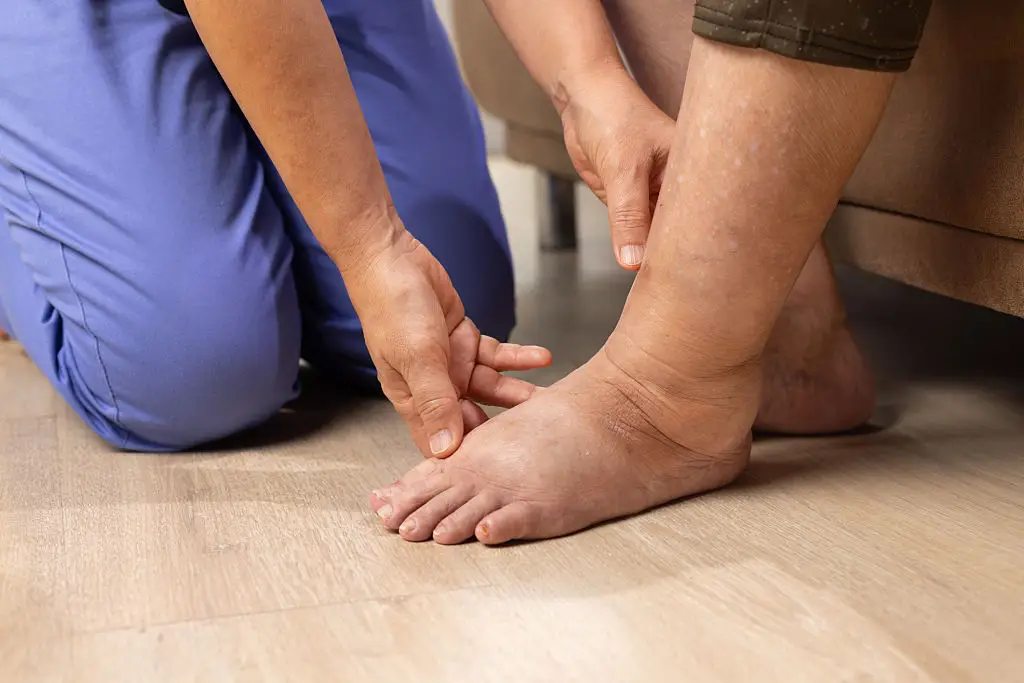
Our feet do a lot of heavy lifting—carrying us through long days and steady routines. When subtle, persistent swelling begins to show up (especially around the ankles or tops of the feet), it’s easy to dismiss it as tiredness or standing too long. However, new or repeated puffiness can be one of the first signs of liver distress. That’s because the liver plays a big part in fluid balance; when it’s struggling, excess fluid can start to pool in the lower legs. Nail changes—like odd pitting, increased brittleness, or unusual color in your toenails—can also quietly whisper that something deeper is going on. These subtle shifts, particularly when combined with swelling, are worth mentioning to a professional. Paying attention to these “small” details shows respect for the body’s wisdom. It’s a friendly reminder: sometimes, the earliest signals are waiting right at your feet.
3. Abdomen: Unexplained Weight Gain Around the Middle
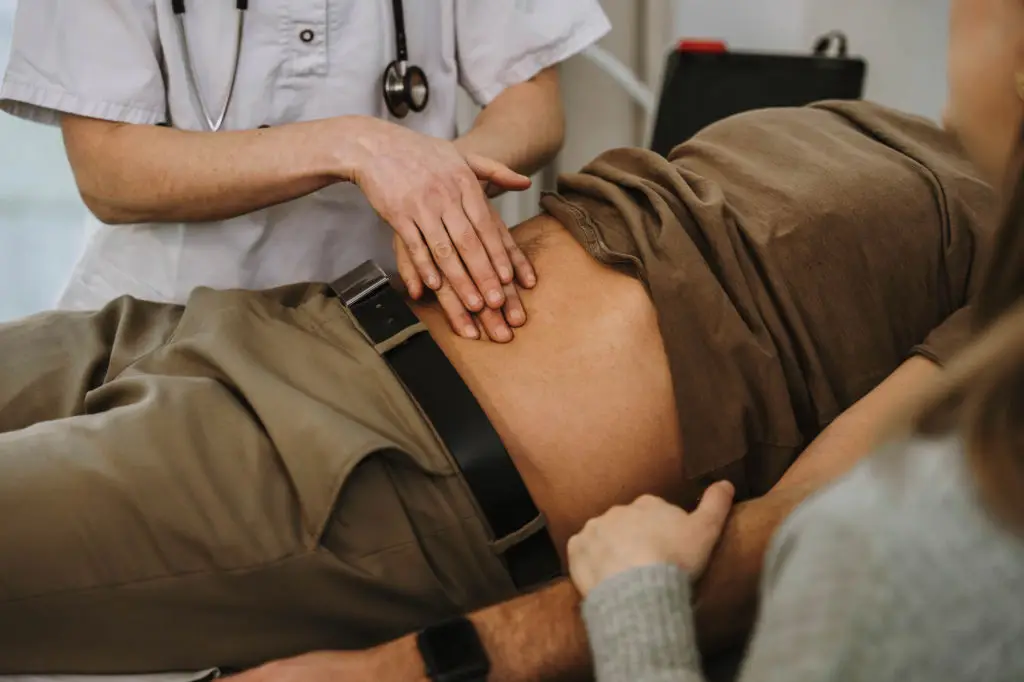
Many of us have noticed changes in our waistlines through the years and chalked it up to the passing of time or changes in activity. But if you begin to experience new, persistent weight gain in your belly—not explained by diet or changes in routine—it may be your liver sending a hidden message. The liver helps manage fat and fluid distribution in the body. When it’s under stress, especially from fatty liver disease, it might trigger unusual swelling or growth around the midsection. This type of weight gain isn’t always soft; sometimes it’s a steady, gradual buildup. Instead of focusing on "getting rid" of the belly, use it as a prompt to ask your healthcare provider about your liver health, especially if you’re also noticing swelling, tiredness, or changes in skin or nails. Your body is simply asking for a deeper check-in—not judgment or shame.
4. Skin: Easy Bruising and Small Marks
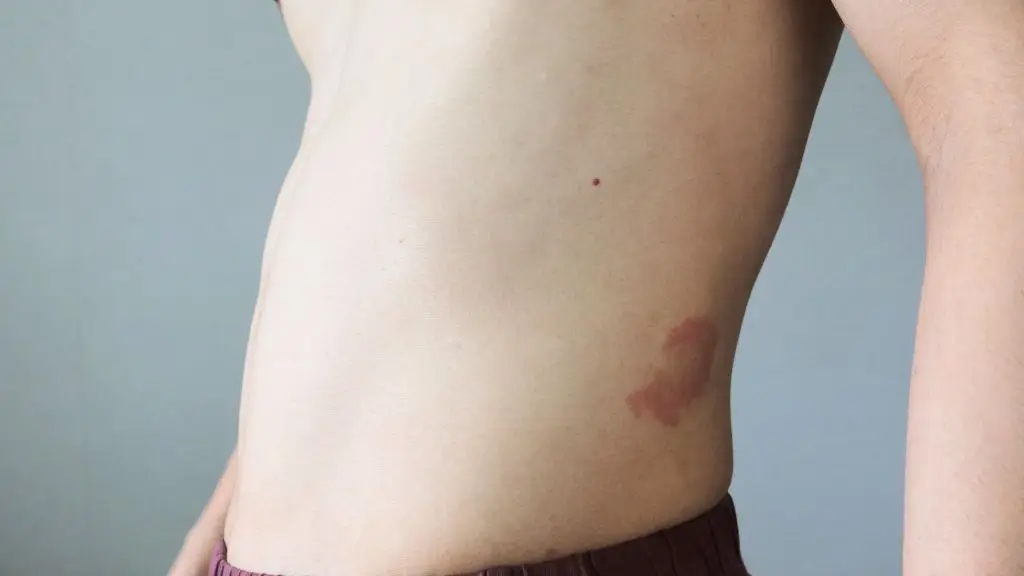
Have you found mysterious bruises or tiny red or purple marks on your arms, legs, or elsewhere, often without a clear cause? When the liver isn’t working at its best, it can disrupt the delicate balance that keeps your blood clotting smoothly. The result: you might notice you’re bruising more easily, or see little marks called petechiae—pinpoint red or purple spots—especially after minor bumps. These blemishes might fade quietly or linger longer than usual, serving as subtle signals that your body’s clotting system could use support. Our skin tells the story of where we've been—and sometimes, it's also one of our first line messengers for underlying changes. If new marks or easy bruising become common, gently bring this up with your care team. It’s a proactive way to honor both your skin’s resilience and your inner health.
5. Face: Subtle Changes (Complexion, Eyes, Puffiness)
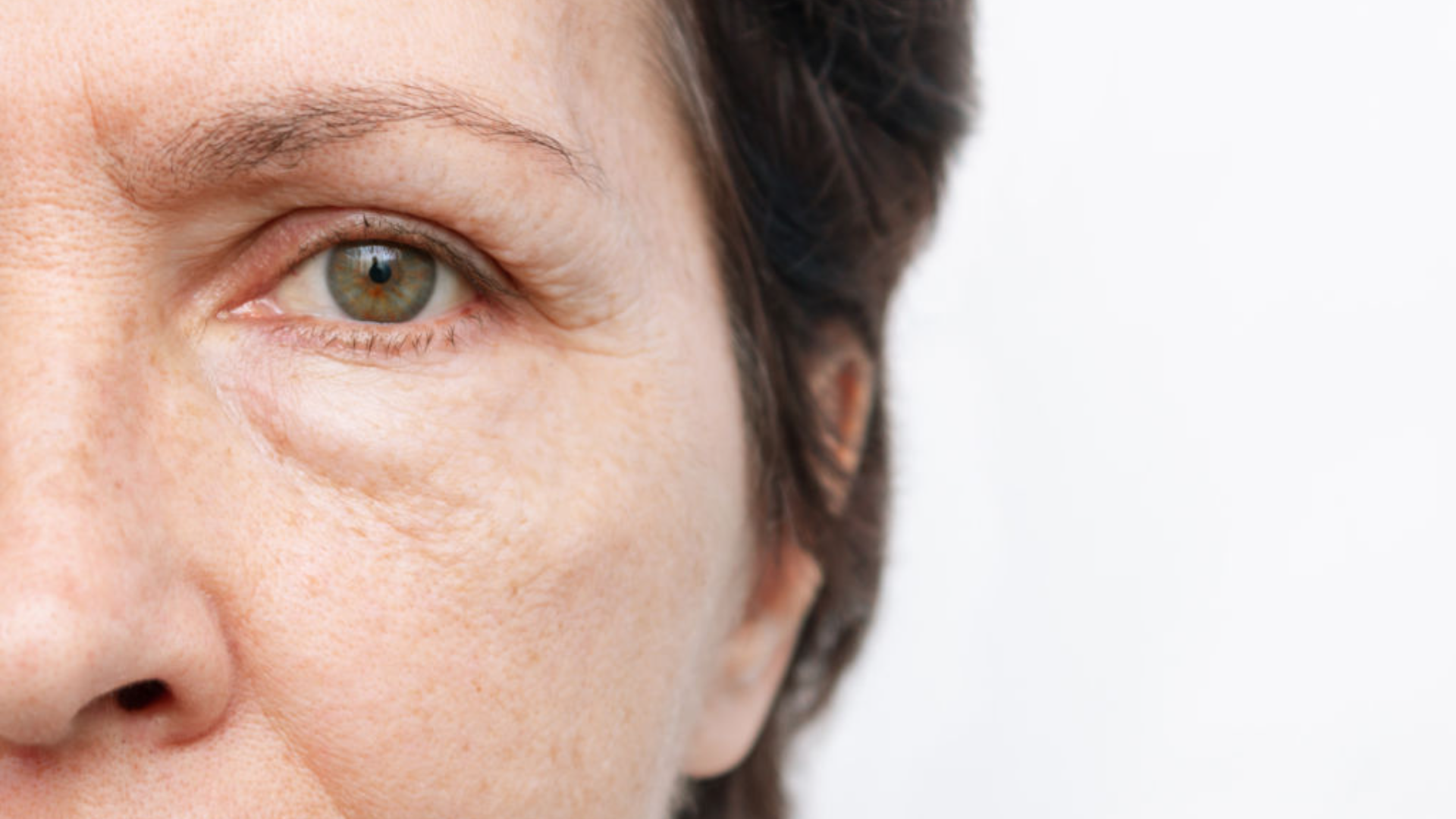
The face often reflects how we’re feeling inside, and sometimes, it also reveals tiny shifts that deserve attention. Noticeable puffiness—especially around the eyes or cheeks—can be a hidden sign the liver is under strain. Another subtle clue is a yellowish tint developing in the whites of the eyes or the skin, a change called jaundice. In addition, tiny, spidery blood vessels (“spider angiomas”) may appear on the cheeks or upper trunk. These changes are not always dramatic. Sometimes, only you notice feeling “off” or looking a little less vibrant than usual. Small changes are worth noting, especially if they appear with other red flags like tiredness, swelling, or unexplained bruising. If you spot new facial or eye color shifts, it’s a thoughtful reason to check in with your provider for reassurance and next steps. That’s true self-care—listening, noticing, and responding with kindness.
6. Energy: Persistent Fatigue and Weakness

We all have days when energy runs low. But if you notice feeling unusually tired, sluggish, or weak—no matter how well you’ve rested—it could be your body’s way of whispering that your liver needs extra attention. The liver is vital for energy production. When it’s struggling, toxins can linger longer, and your usual bounce-back after sleep or relaxation may fade. This kind of fatigue is often persistent, not just the natural ebb and flow of a busy life or a sleepless night. If you find daily tasks feel heavier or your usual stamina isn’t what it was, pause and reflect on the bigger picture. Persistent fatigue is worth discussing with a healthcare professional. It’s not a statement of failure—it’s a gentle tap on the shoulder, encouraging you to take care.
Gentle Vigilance: Listening to Your Body’s Subtle Messages

Tuning into the quiet signals your body offers isn’t about living in fear—it’s about building an alliance with yourself as you move through the rhythm of each day. The liver works behind the scenes to keep you feeling vibrant, often without applause or notice. When subtle red flags appear—in your hands, feet, face, or sense of energy—they’re opportunities to show yourself extra care and curiosity. Should you encounter one or more of these hidden signs, remember: your next step is simply to make note, consider the bigger health picture, and connect with a provider when you need support. Early action can help you stay ahead of minor changes before they become bigger hurdles. By bringing gentle attention to your body’s messages, you’re honoring not just your health, but the wisdom of your lifelong journey. After all, the most powerful wellness tools are self-awareness and compassionate action—at every age and stage.